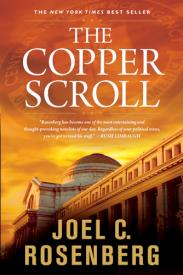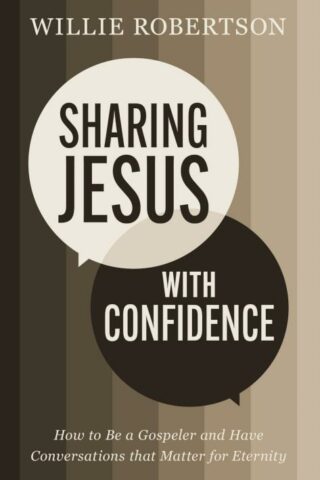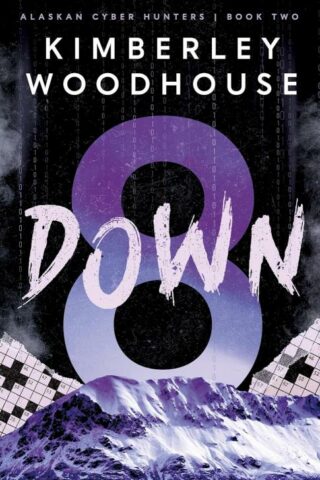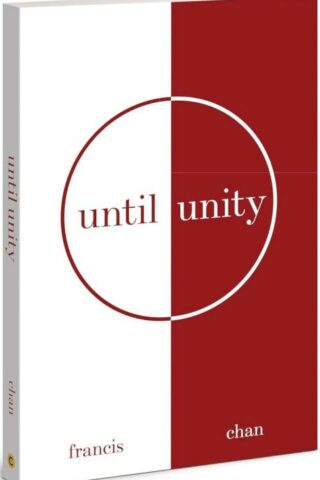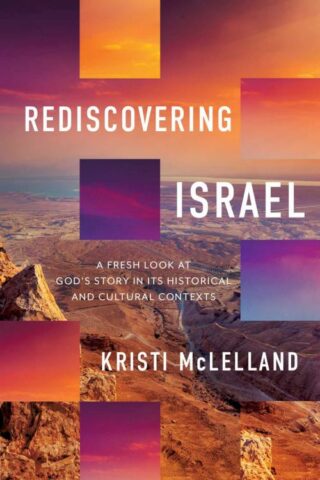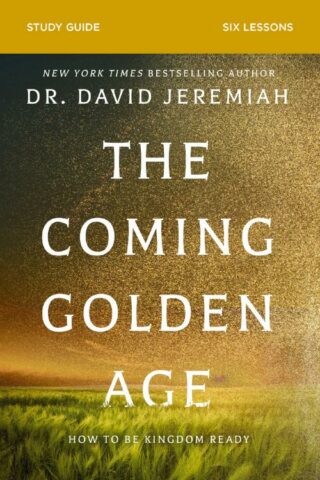Joseph Trafton
Showing the single result
-
Reading Revelation : A Literary And Theological Commentary
$39.11Editor’s Foreword
Author’s Preface
IntroductionPrologue (1:1-8)
John’s First “In The Spirit” Experience (1:9-3:22)
John’s Commission (1:9-20)
The Letters To The Seven Churches: An Overview
The Letter To The Church At Ephesus (2:1-7)
The Letter To The Church At Smyrna (2:8-11)
The Letter To The Church At Pergamum (2:12-17)
The Letter To The Church At Thyatira (2:18-29)
The Letter To The Church At Sardis (3:1-6)
The Letter To The Church At Philadelphia (3:7-13)
The Letter To The Church At Laodicea (3:14-22)John’s Second “In The Spirit” Experience (4:1-11:19)
Introducing The Lamb And The Great Multitude (4:1-8:6)
Meet The Lamb (4:1-5:14)
Meet The Great Multitude (6:1-7:17)
The Judgment Draws Near (8:1-6)
God’s Judgments And Mankind’s Stubbornness (8:7-11:14)
The Plagues Begin (8:7-9:21)
The Message Of Judgment (10:1-11:14)
The Judgment Has Arrived (11:15-19)Three Signs In Heaven (12:1-16:21)
The First And Second Signs In Heaven (12:1-13:18)
The Woman Vs. The Dragon (12:1-17)
The Dragon’s Revenge (13:1-18)
Whom Will You Worship? (14:1-20)
The Third Sign In Heaven (15:1-16:21)John’s Third “In The Spirit” Experience (17:1-20:15)
The Judgment Of Babylon 1–The Great Harlot (17:1-18)
The Judgment Of Babylon 2–Lamentations On Earth
and Rejoicing In Heaven (18:1-19:4)
The Announcement Of The Wedding Of The Lamb (19:5-10)
The Judgment Of The Beast And The False Prophet (19:11-21)
The Judgment Of The Devil (20:1-10)
The Judgment Of The Dead And The Opening Of
the Lamb’s Book (20:11-15)John’s Fourth “In The Spirit” Experience (21:1-22:6a)
The Announcement Of The Dwelling Of God
with His People (21:1-8)
John’s Vision Of The New Jerusalem (21:9-22:6a)Epilogue (22:6b-21)
Select Bibliography
Additional Info
“Trafton has produced a clear, understandable, insightful reading of the book of Revelation-not an easy task for a book that has left many readers puzzled and confused. One of the particular strengths of Trafton’s commentary is his close attention to the structure of John’s work and the internal connections between various passages of the book. Readers will also benefit from Trafton’s identification of John’s extensive indebtedness to the Hebrew Bible for much of his imagery and ideas.”-Mitchell G. Reddish
O.L. Walker Professor of Christian Studies
and Chair, Department of Religious Studies
Stetson UniversityAdd to cartin stock within 3-5 days of online purchase


